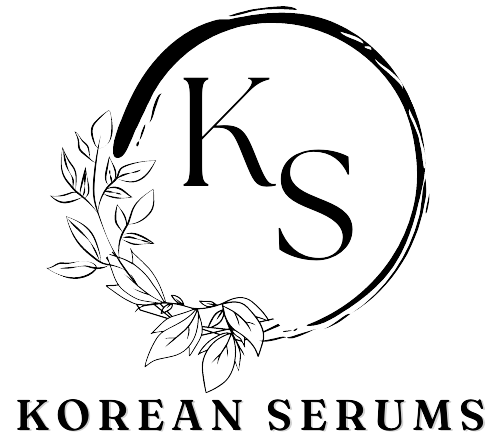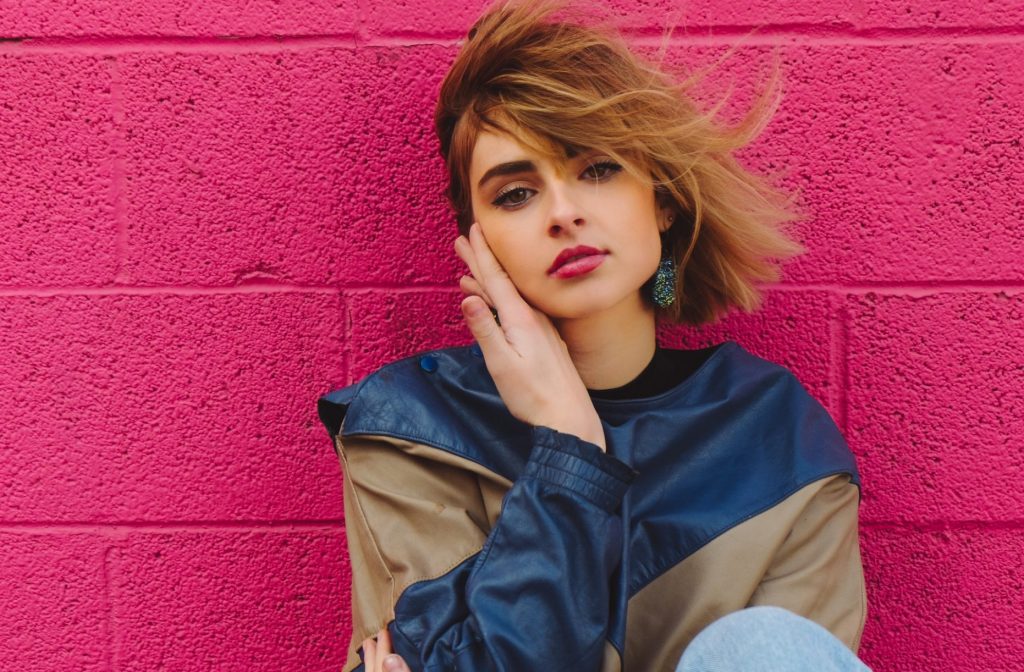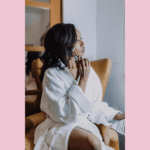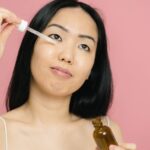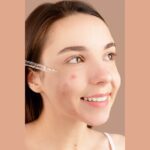Standards of beauty have varied and evolved considerably throughout history. The value placed on aesthetics dates back to the dawn of civilization.
Culture has a role in how we define beauty, yet the search for the ‘perfect’ aesthetic is driving change all over the globe. Please understand that there is beauty in all shapes and sizes. Let’s discover the beauty standards throughout history.
1. Ancient Greek Beauty Standards
Do you find the idea of the ideal Greek beauty to be intriguing? Here is your answer. They were regarded as eternal and extremely stringent.
The standards established here would influence ideas about beauty for centuries to come. Korai, the term for women, denoted those who were portrayed as tall, slim, reserved, and peaceful.
Aphrodite, according to Praxiteles, should be depicted in his sculpture as a “shining statue of gold… Her color should be white mingled with red, like beautiful roses.”
It was said that the ideal Greek woman had a “slim body, broad shoulders, small breasts, and hips, thin waist.” This is drastically counter to contemporary beauty norms.
Read more: 9 Best Ancient Greek Beauty Standards 2023!
2. Ancient Egyptian Beauty Standards
What Did Ancient Egypt Think of Beauty? Women with large hips and busts were highly sought after by ancient Egyptian males.
This was due to men’s mistaken belief that pregnant women would avoid confrontations. For the same reason, “plump and fleshy” women were favored by these guys.
Ancient Egyptian culture highly prized full lips, lashes that curved like an ox’s eye, and jet-black irises. The ancient Egyptians first utilized kohl to make their eyes look smokey and dramatic. This era is the origin of numerous aesthetic norms.
Read more: Top 12 Egyptians Beauty Standards that You Should Know! (2023)
3. Middle Age Beauty Standards
Are you curious about the beauty standards for middle-age? The contrast between vigor and fragility was glorified in middle-age attractiveness.
Men were more attracted to curvy women than skinny ones. Veils, high necklines, and long-sleeved clothes showed that middle-aged ladies valued modesty.
In an act of religious devotion, they would dress in pastels. The Middle Ages were not precisely a time of good aesthetics.
Due to severe living conditions and stringent religious norms, people often put off taking care of themselves, including their appearance. Christian beliefs were widely held during the early Middle Ages.
The association of beauty with danger and immorality made using cosmetics and practicing good hygiene taboo. Eve’s promiscuity in the Adam and Eve myth was important.
Cosmetics were widely used by the middle class of Medieval Europe by the 12th century. The distribution of cosmetics was under the purview of apothecaries and medical professionals.
Fairness elixirs and ointments were traditionally created from herbal treatments. You can also hold the stone over a hot water fire to make it sweat.
Use a combination of your sweat and water to clean your face. Using heated or cooled gemstones applied directly to the skin to treat imperfections also gained popularity.
4. Victorian-Era Beauty Standards
Do you have any knowledge of the Victorian period? In Victorian society, one’s outward appearance was of the utmost importance.
Women were meant to be delicate flower buds, little in stature, and morally spotless. Any topic that could be seen as sexually suggestive was off-limits.
Women, for instance, were told to suppress their fainting fits, not to spoil their feminine forms.
Victorian ladies who desired respect had to meet strict beauty standards. Sun exposure could cause irreversible damage and a ruddy complexion, yet fair skin was admired.
Furthermore, it was suggested that women restrain themselves from strenuous activity to avoid bloating. A woman with an “hourglass figure,” like a wasp waist, was held up as the ultimate of beauty.
Victorian women had to wear corsets to appear their best. Corsets generated a small waist and huge hips by drastically restricting respiration and organ growth.
In addition, ladies were expected to use whitening treatments frequently to conceal imperfections like freckles. Their suitors would be insulting them otherwise.
5. 1980s Beauty Standards
Do the 1980s even count? The 1980s were a time of luxury and corporate dominance. Women who wanted bigger breasts to keep up with the times often opted for breast implants.
The fact that over a thousand films have been made regarding plastic surgery since the 1980s demonstrates how urgent a problem this is for modern-day women.
Fashion of the 1980s was characterized by broad shoulders, big hair, skinny jeans, and bold colors. Celebrities like Madonna reinforced this stereotype.
In the 1980s, women wore whatever they wanted, including short skirts and high heels. Women would also color their hair in shocking colors like pink, blue, and green to look fashionable.
Back then, women’s clothing was about showing as much skin as possible.
6. 1990s Beauty Standards
The 1990s saw a shift in physical appeal. The pursuit of perfection as an end was replaced by a greater emphasis on uniqueness and assurance in one’s abilities.
Tattoos, piercings, and stacks of earrings all debuted during this time among fashionable females. It was also the first time that balding women were considered fashionable.
Models like Kate Moss, who is very skinny, popularized the “waif” aesthetic. The 1990s saw a shift toward women dressing more masculinely. They dressed like guys and wore suits with ties.
7. 2000s Beauty Standards
The new millennium is fascinating because it combines the two depictions from the previous decade. Women’s attention shifted from appearances to how they might express themselves via their bodies.
As the influence of celebrities grew in the 2000s, so did the number of people opting for plastic surgery to mimic their appearance.
When the term “monsters refers” was first coined, it referred to female celebrities who had achieved fame and fortune in both the sexual and economic spheres.
8. Present Day
However, what about modern beauty norms? Standards of what constitutes attractiveness in modern women are fluid.
Inspired by pop stars like Rihanna and Angelina Jolie, modern women are free to wear anything they choose, experiment with wild hair colors, and cover themselves with tattoos. Because there is no “ideal” body type, women today are more confident.
Women do not feel pressured to comply with beauty standards. Today’s media may not focus as much on women’s appearance as it used to, but celebrities still impose unrealistic beauty standards.
Although it’s encouraging that the media doesn’t closely monitor women’s bodies, society still pressures women to fit a beauty standard.
Conclusion
Don’t let shifting beauty standards make you feel you must continuously reinvent yourself. Self-esteem matters most.
Learning to love oneself is an ongoing process; there is no magic bullet for breaking away from the norms of society.
Therefore, learn self-care fundamentals and concentrate on giving your body what it needs to function properly (beyond superficial appearances).
Take pleasure in the journey toward a rich and rewarding existence in which your body provides the means to learn about and experience the world.
